Forgotten lines, missing props, and cast in-fighting. It sounds like an awful play, right? But that’s exactly what the play is about–a play about a play and its various flaws.
The show “Noises Off!” is written by Michael Frayn and directed by Anna D. Shapiro. The play is open from Sept. 12 through Nov. 3 at the Steppenwolf Theatre in Chicago. This theater has a great history of new and inventive plays. In the 1980s, the Steppenwolf Theatre won a regional Tony award and has produced many plays that have advanced onto Broadway.
I attended “Noises Off!” with my American Sign Language (ASL) class and sat in the interpreted section. The theater does a great job of ensuring these interpreters are easily accessible and highly trained. The show itself was funny, yet by focusing on a chaotic play, some of the confusion seeped into the production itself.
The play was structured in three acts. The first was a dress rehearsal for the show, followed by a show a few months into the tour, and finally, a show late on the tour. The first act felt slow to start, with more and more action as more members came into the scene. The actor who portrays the director of the play sits in the audience and eventually ends up on the stage. This small detail aided in creating a more engaging play while also picking up the pace. As the storyline follows the rehearsal, with a myriad of errors, the director gets increasingly frustrated, and more characters’ personalities are further revealed in their acceptance of the feedback. Underlying dynamics are revealed through subtle choices that create a larger feeling of dramatic irony. This only added to the comedic timing, which was impeccable throughout the show. Selsdon, a seasoned actor, spent the entire time hunting down other cast member’s alcohol. The main plight of legitimately the rest of the cast was a love triangle between all of the above. This led to lots of cast fighting and hilarity. Throughout act one, the actual actors did a phenomenal job portraying confused and failing actors.
As act two began, I was excited to see how the momentum of such a funny show would continue. The set itself changed in between these two acts and served as the only indication that time had passed. Although a clearer explanation of the passage of time would’ve been helpful, the change of the front of the stage to the back provided a new and clever view of the play. It was during this act, however, that the play got chaotic. I found it fun because it created a sense of mayhem, but it also led to some confusion around the plot. The entire crowd was laughing, but at some points, it was unclear if we were laughing at the jokes made or just the general pandemonium on the stage. Even when these jokes got lost, the second act continued that same perfect comedic timing and added to the, at this point, familiar play. As the second act was performed “backstage,” the characters were not speaking, so more relationships were revealed through situational comedy. This style of comedy was reminiscent of silent films and played very well for the audience.
The third act was where any morsel of a plot was lost. It was again the same act from the front of the stage, yet by this time the fighting between the cast had worsened enough to make their show fall apart–literally, people were falling downstairs left and right. All of the personal vendetta again came to blows, and it culminated in a hilariously chaotic end. The play would’ve been great if it had ended there, yet the play was very oddly finished with a musical number. With no other songs throughout the play, it felt out of place and distracted from the overall message. Even though the end felt stilted, through the chaos, I started to feel for the characters and root for them. Selsdon finally got his bottle of whiskey, and while the love triangle/web imploded, somehow it was the perfect ending.
Overall, it was a fun experience. I lost the plot a few times, but the chaos made it funny. The random musical number at the end was confusing, but in the end, I was rooting for every character.

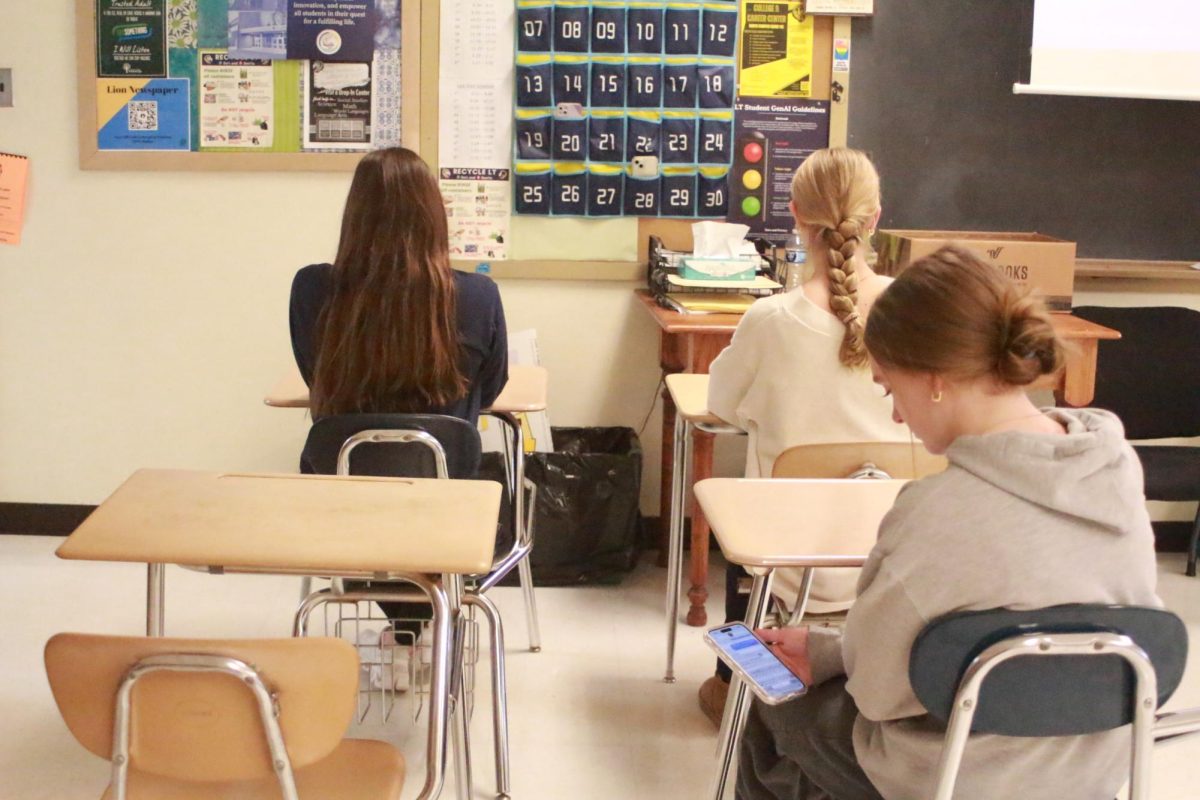



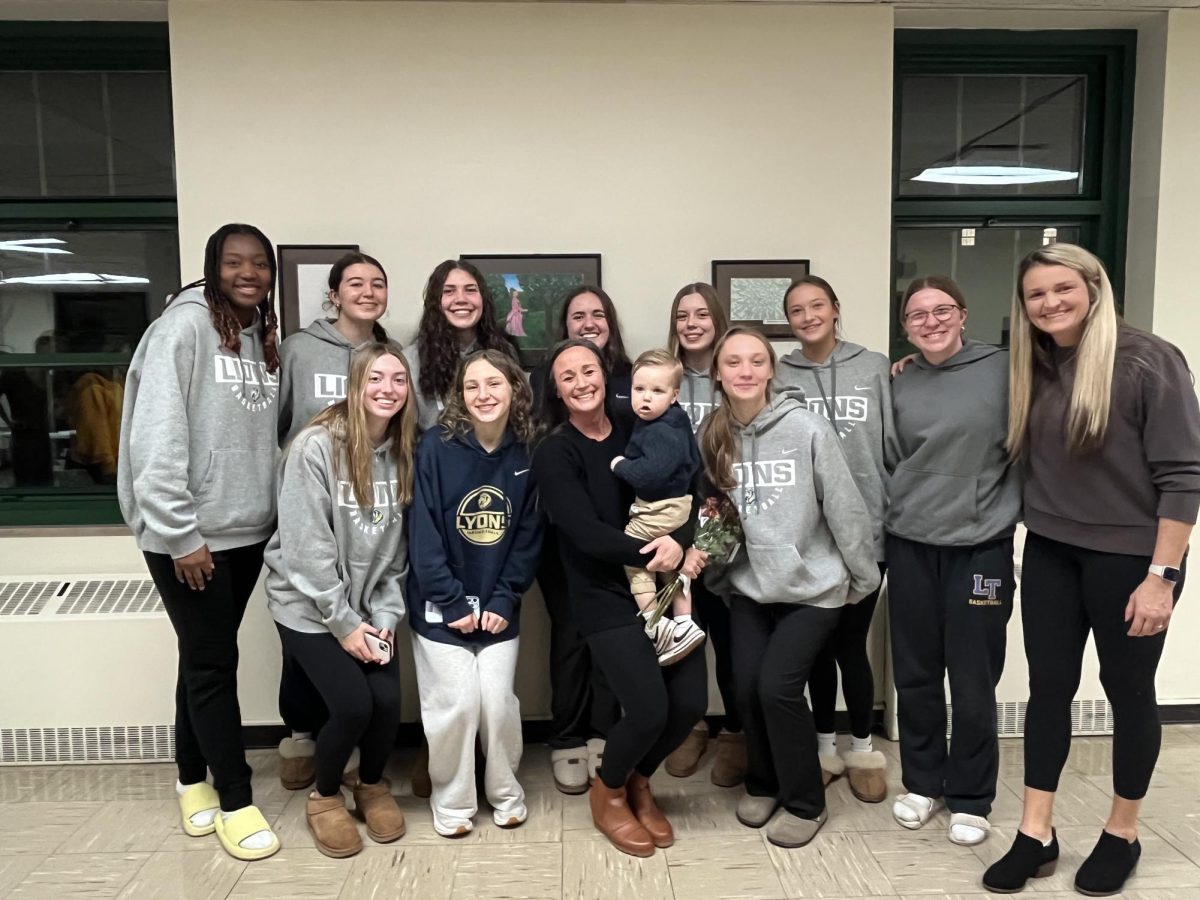

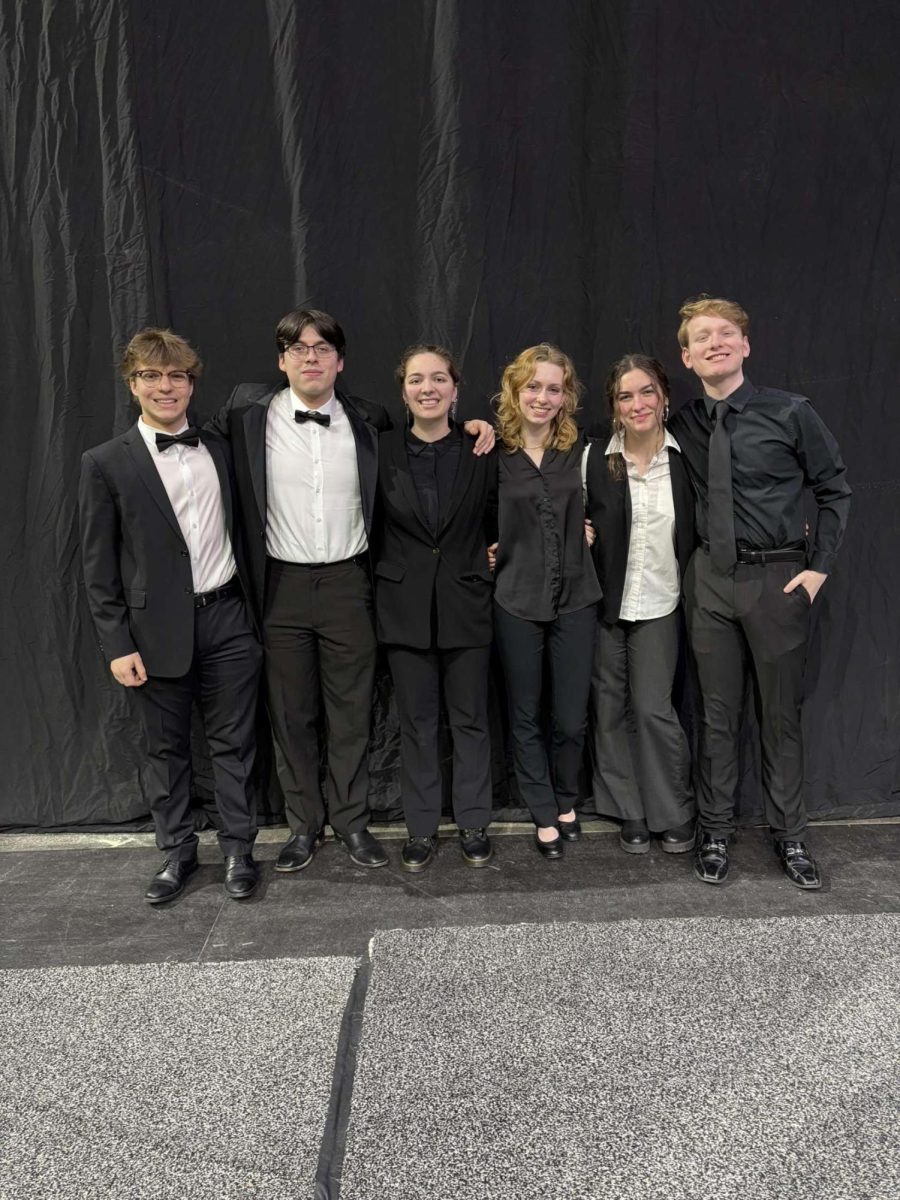
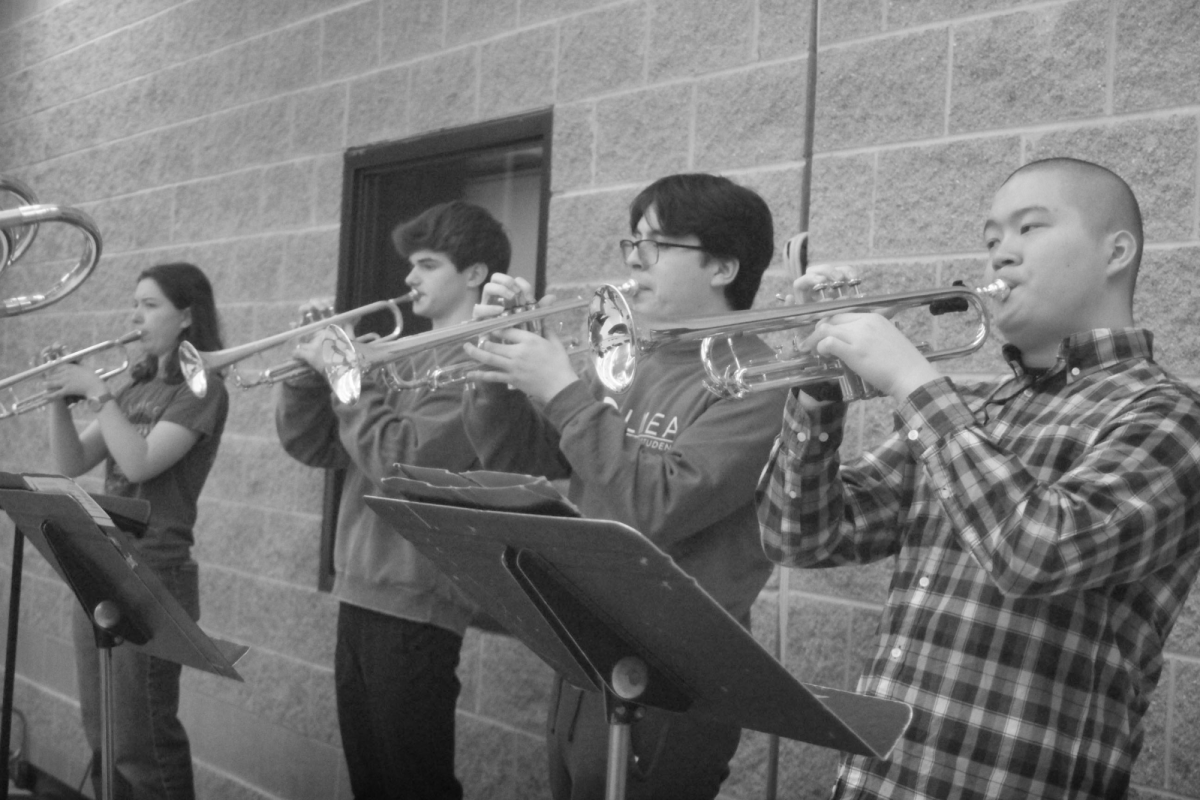

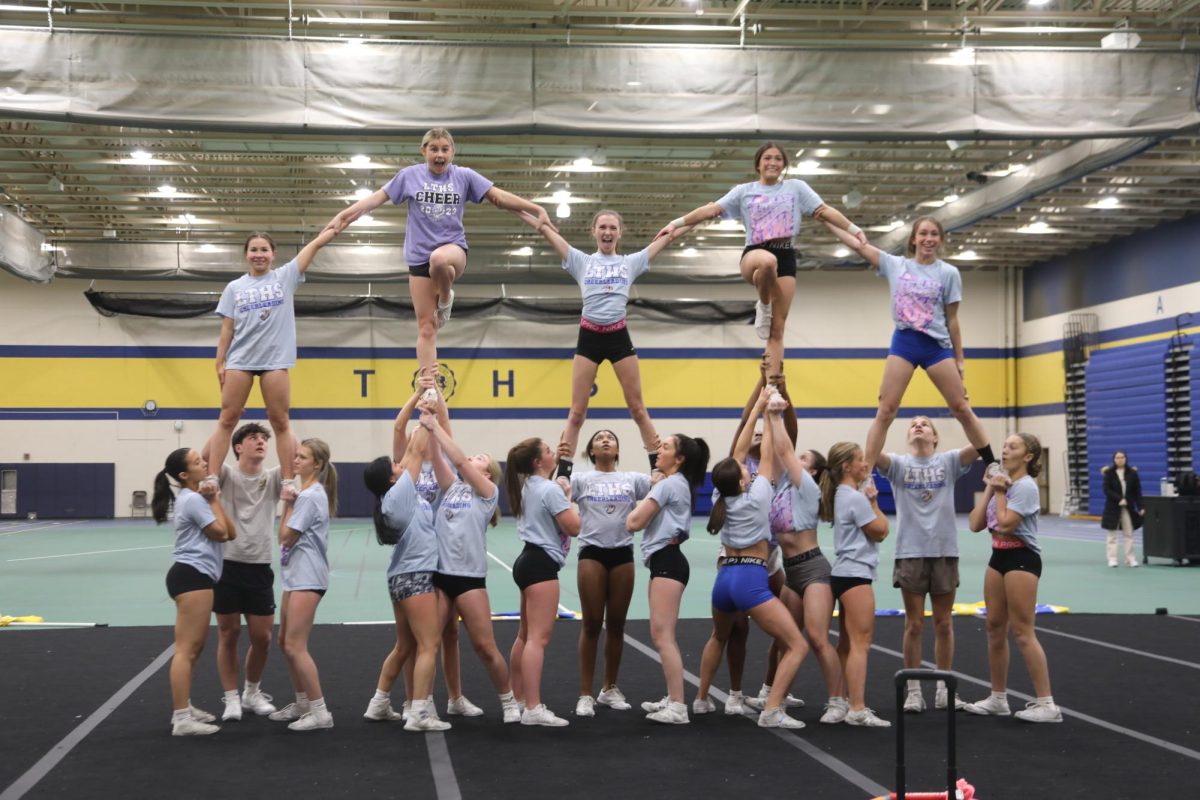
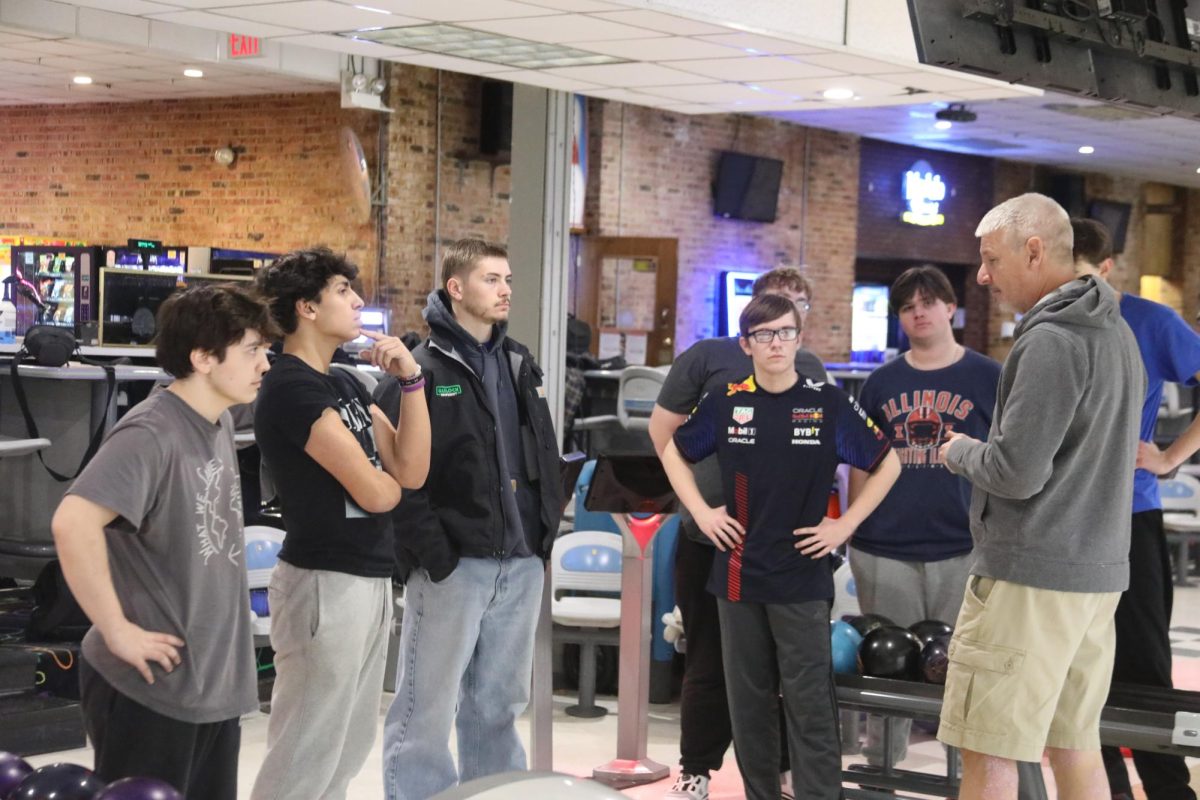










![Movie poster for '[Rec]" (2007).](https://www.lionnewspaper.com/wp-content/uploads/2023/04/rec-640x900.jpg)



